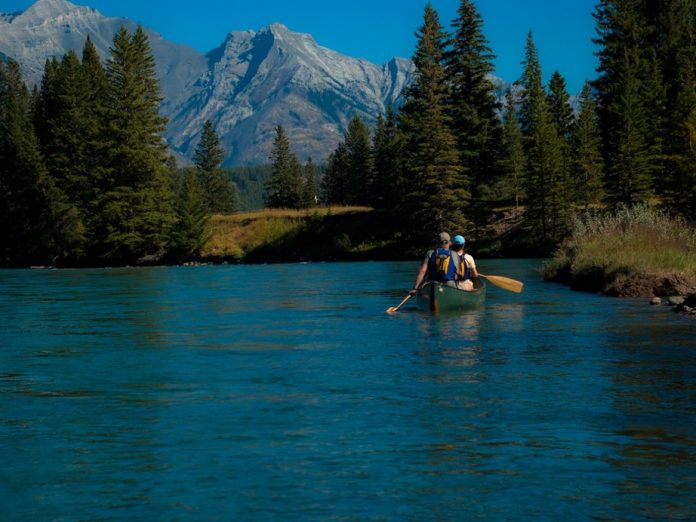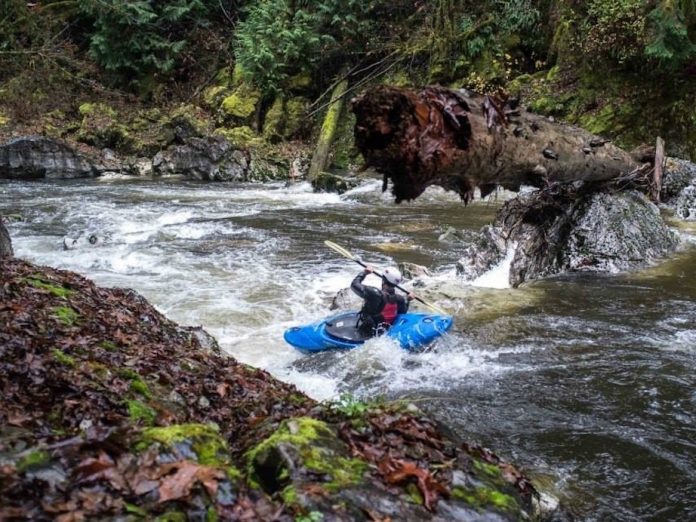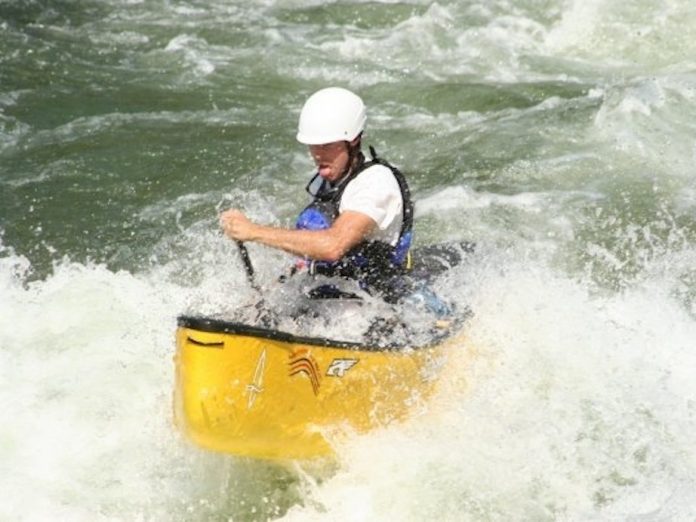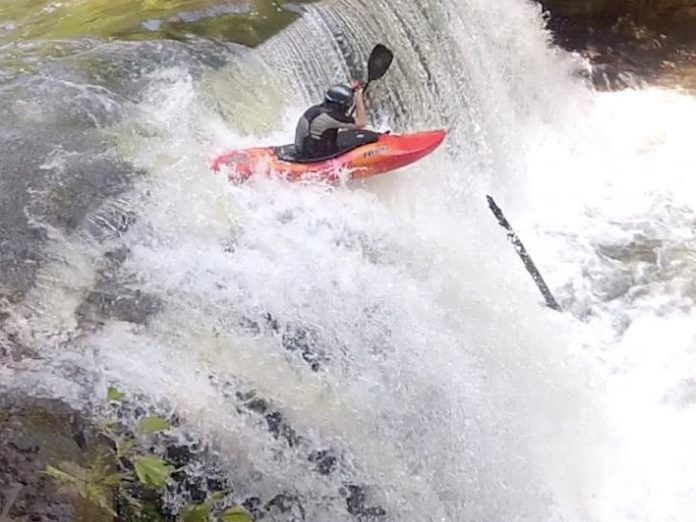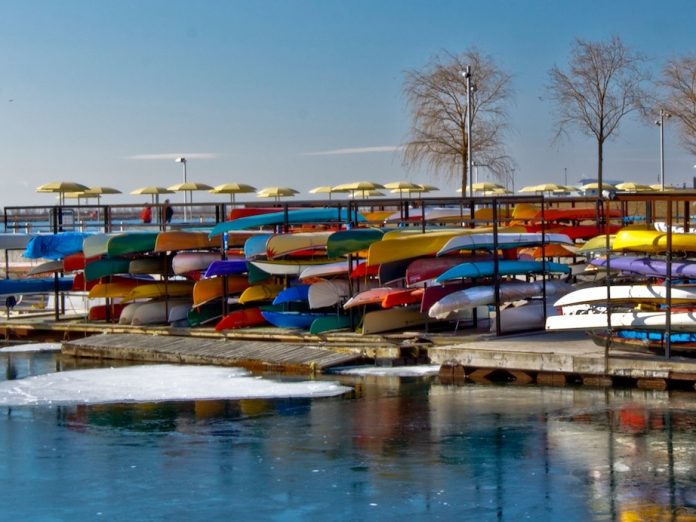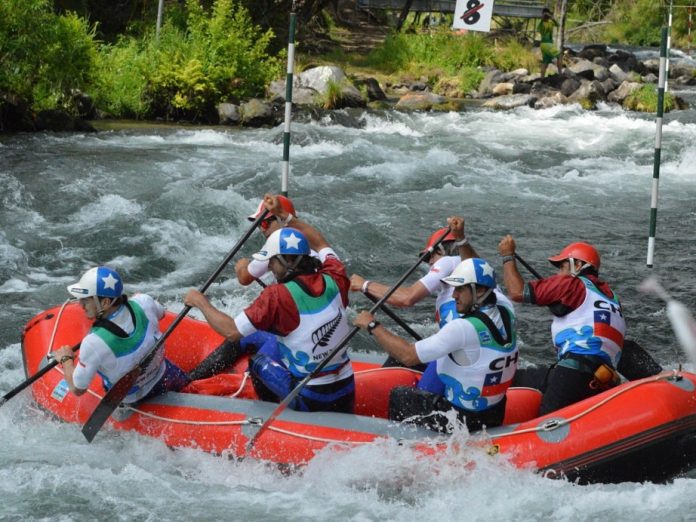Adventurer Paul Everitt speaks with veteran expedition paddler and sea kayak designer, Nigel Foster. To read the full interview, click here, and to learn more about Everitt and other adventurers around the world, visit Going Solo.
Crossing oceans in a sea kayak. For the foolish or the daring?
Nigel – For the foolish and the daring! In my early days I was fascinated by what motivated people like John Fairfax, and others who rowed across the Atlantic solo, so I read all the books I could find. I also read solo sailing books by people like Joshua Slocum. I was intrigued by Alain Bombard drifting across the Atlantic in 1952, and then Romer, and Lindeman kayaking across. It takes some daring to set off on even a short open crossing in a kayak, but to tackle an ocean is in a different category. Some succeed but not all. Bombard’s health suffered, and Romer, and more recently Andrew McAuley both did amazing things but died. My own take on it? The kayak is the boat that excels in conditions close to shore, and it is the boat that can find a landing more easily than pretty much any other. It is ideal for daytime travel, when you can sleep on shore. There are other better boats than kayaks when you consider using sails or oars, or cooking on board or sleeping on board, and for crossing big open water. Crawling on hands and knees does work well when caving but why use that technique to scale a mountain?
Nigel – I always admire people who take off to do their own thing, stretching their own limit of comfort. And there have always been a lot of them! Nowadays I am really impressed by Freya Hoffmeister. Her dedication to long distance kayaking trips is phenomenal. Also Oscar Chalupsky: an amazing powerhouse of a personality with dedication to his sport.
Nigel – About 40 miles. (Nautical). That was across the eastern entrance to Hudson Strait from Resolution Island to the Button Islands.
Nigel – So many to choose from but how about Shetland? This group of islands off to the north of Scotland offers some of the most amazing cliff erosion scenery, with stacks, arches, tunnels and caves that take your breath away. It’s a particularly good place for seeing north Atlantic sea birds, and otters, seals etc. There are a few areas with strong tide and plenty of opportunity for rough water, or smooth, on any given day, depending where you go. On land you’ll find all manner of ancient ruins, from standing stones and burial mounds to ruins of ancient villages. Lots of potential for exploration, reasonably accessible, and very interesting!
Nigel – Our closest polar bear scare was very real. We could so easily have been a meal. I think the bear was just enough uncertain of us. We were not behaving like prey: Kristin stood and told it to go away. If she’d reacted differently maybe we wouldn’t be here. My flares had no effect even when fired from eight feet away. It’s not a comfortable feeling.
To anyone who is new to the world of kayaking what one tip would you give them to aid them into being a successful kayaker?
Nigel – Get some good instruction early on so you develop good technique… it’ll save you a lot of energy and frustration. Then don’t think you have to go out to practice. Instead, get on the water somewhere and explore. Use the skills!




